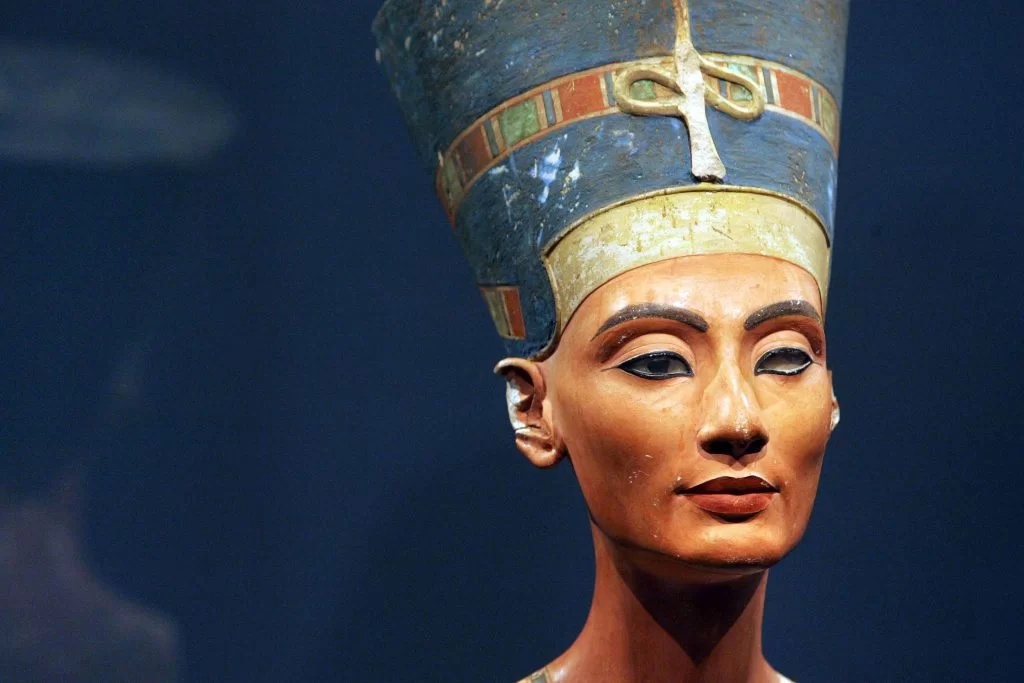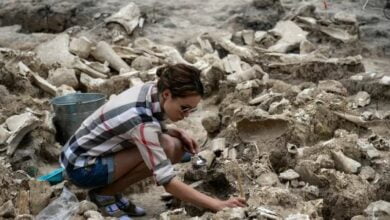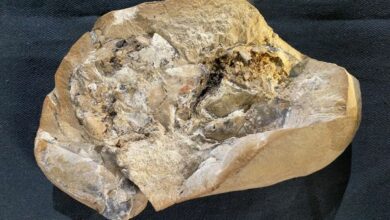
Egyptologist Zahi Hawass said he will announce the discovery of the mummy of Queen Nefertiti next month, one of the main mysteries of Egyptology
(ORDO NEWS) — On December 9, 2021, an Egyptian archaeological mission led by prominent Egyptologist and former Minister of Antiquities, Zahi Hawass, resumed searching for the tomb of Queen Nefertiti on the west bank of Luxor after years of debate over the location of her final resting place.
These studies have begun to bear fruit. Renowned Egyptologist Zahi Hawass recently stated that he is confident that the mummy he is currently studying belongs to Queen Nefertiti.
In an interview with El Independiente, Zahi Hawass assured that he was very close to unraveling some of the unknown questions. “I’m sure I’ll unveil Nefertiti’s mummy in a month or two,” Hawass said.
A well-known archaeologist is in Madrid these days and this Tuesday, as part of the exhibition “Daughters of the Nile”, which brings together 300 objects from a dozen countries, he will present a long-awaited lecture on women in Egypt under the pharaohs.
Nefertiti, whose full name was Neferneferuaten Nefertiti, lived between approximately 1370 and 1330 BC. Queen Nefertiti is the beautiful and insightful wife of King Akhenaten.
She supported him with all her heart and was one of the strongest supporters of his new religious call to worship the new god Aten. She was a mistress of the Amarna period and one of the most famous queens of Ancient Egypt.
According to some studies, Queen Nefertiti reigned alongside her husband. According to recent studies, King Akhenaten ruled alone, and Nefertiti could come to power after his death. Around the life of this queen as a whole, there are too many mysteries and unanswered questions.
Although the mummified remains of numerous pharaohs and important ancient Egyptian figures have been discovered, Nefertiti has not yet been identified.
“I’m still looking for two things: Nefertiti’s grave and her body,” Hawass said. “I do believe that Nefertiti ruled Egypt for three years after the death of Akhenaten under the name of Smenkhkare.”
“We already have DNA from 18th dynasty mummies, from Akhenaten to Amenhotep II or III, as well as two unnamed mummies designated KV21a and b,” he said. “In October, we will be able to announce the discovery of the mummy of Ankhesenamun, Tutankhamun’s wife, and her mother, Nefertiti.
Tomb KV35 also contains the mummy of a 10-year-old boy. If this child is Tutankhamun’s brother and Akhenaten’s son, then the problem related to Nefertiti will be solved “.
“I’m sure I’ll discover which of the two unnamed mummies could be Nefertiti,” Hawass added.
Although ancient Egypt has been the subject of intense scrutiny and research for over a century, it is believed that there are still a staggering number of undiscovered mummies and treasures from ancient Egypt.
“We hardly found 30 percent of everything that is underground. A few days ago, the expedition discovered tombs inside several houses in Alexandria,” Hawass said. “Modern Egypt is built on Ancient Egypt. That’s why the legacy that remains hidden is enormous.”
—
Online:
Contact us: [email protected]
Our Standards, Terms of Use: Standard Terms And Conditions.









